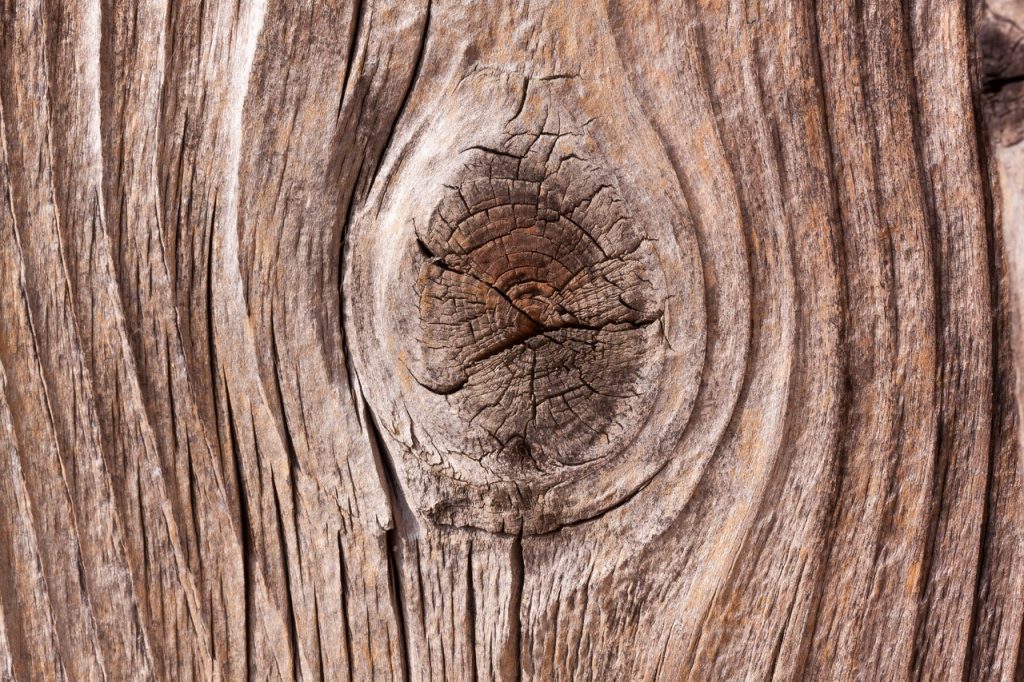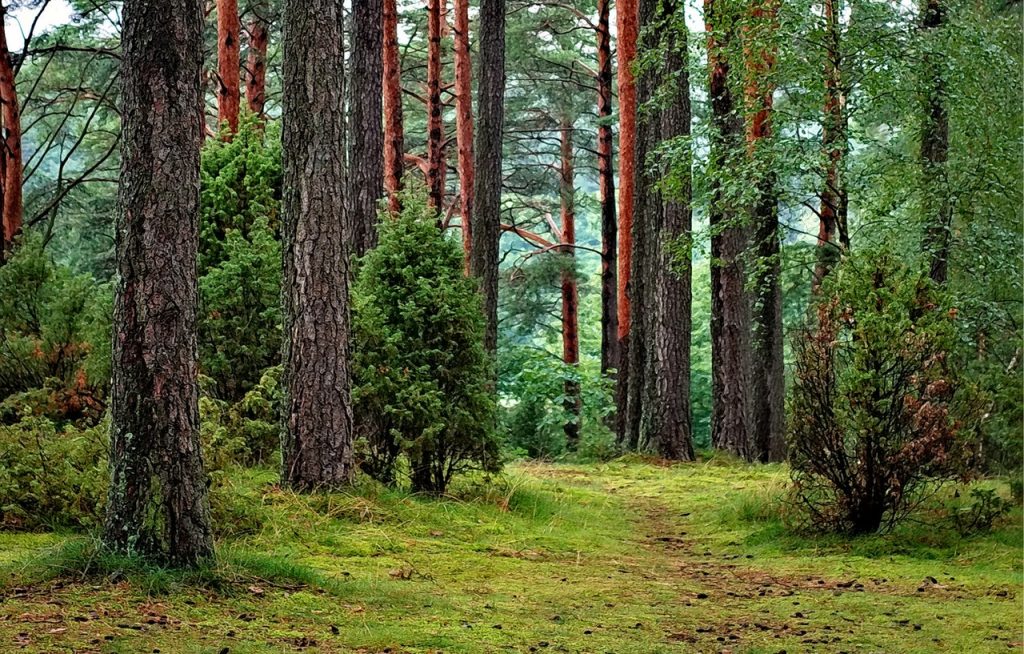The most popular use of timber cladding is in updating existing brick walls, as it creates a sustainable and very appealing finish to the walls. In proceeding with adding timber batten cladding, it is very important to choose the right type of wood. You must consider what patterns or details you require in the cladding, as timber is available in a wide range of colours and diverse patterns. There is quite an exciting variety of durable timber species that can make your project look amazing.
It’s important to take a lot of care when choosing which type of timber is required for your project. Durable timber varieties are essential for timber cladding. The most popular type is heartwood timber, as it has 1 to 3 ratings as per the individual standards for timber. There are also others like European Larch and Oak, Douglas Fir and Cedar that are commonly used as they naturally repel insects, rot and moisture. These timber options don’t need as much maintenance or expensive treatments. There are also timbers obtained from Pine, Spruce and Fir species, however they require expensive treatments to prevent them from decay and increase their fire resistance properties. You may choose a soft timber for cladding, as they are comparatively cheap. However, if you go in this direction be prepared for more high maintenance, with new coats of paint required frequently. So over the long term, softwood timber cladding is not very cost-effective. Other hard timbers are mostly preferred when it comes to the cost and maintenance. Sapwood content is another thing that is to be considered, as any timber species will rot and decay if sapwood is present and will require preservative coats and treatments.
Here is our recommendation of the four best timber types for best results with cladding:
Western Red Cedar: It is softwood and requires very little preservation and UV treatments, yet has lots of advantages such as it is lightweight, low density, doesn’t weather easily, it is easy to maintain, long-lasting, naturally resistant to decay and rot, and has a smooth response to machining. It is available in several colours which include yellow, red, pink and can be painted in any colour that you prefer. This type of timber can be easily sourced from Canada.
Siberian Larch: This is also a softwood, however, is very dense when compared to hardwoods. It has grains which are usually straight or in spiral forms. Siberian Larch has moderate resistance to rot and has comparatively good machining properties. It is considered to be very adaptable and one of the best cladding materials available in the market. IT is available in a wide range of colours, including brown and yellow which results in the cladding having a very natural looking finish. Siberian Larch is usually sourced from Siberia, and often imported to the UK for machining.

European Oak: This is a hardwood which has a very high density. The timber has beautiful grains which are usually straight. European Oak is available in brown colour with gold shades, however you can always paint any colour you prefer. While machining the wood to the finished product, pre-drilling is advised, as it could be a little difficult due to the high density of the wood. Stainless steel nails are usually preferred when building with this timber.
Thermowood: This timber is nothing but treated pine obtained from heat conditioning and treatments with a medium-density. It has a density which is greater than Cedar and has stability over shrinkage or swellings. Thermowood also resists any effects of distortion and cupping. It responds well to machining and is available in beautiful range of colours, including darker brown shades.




